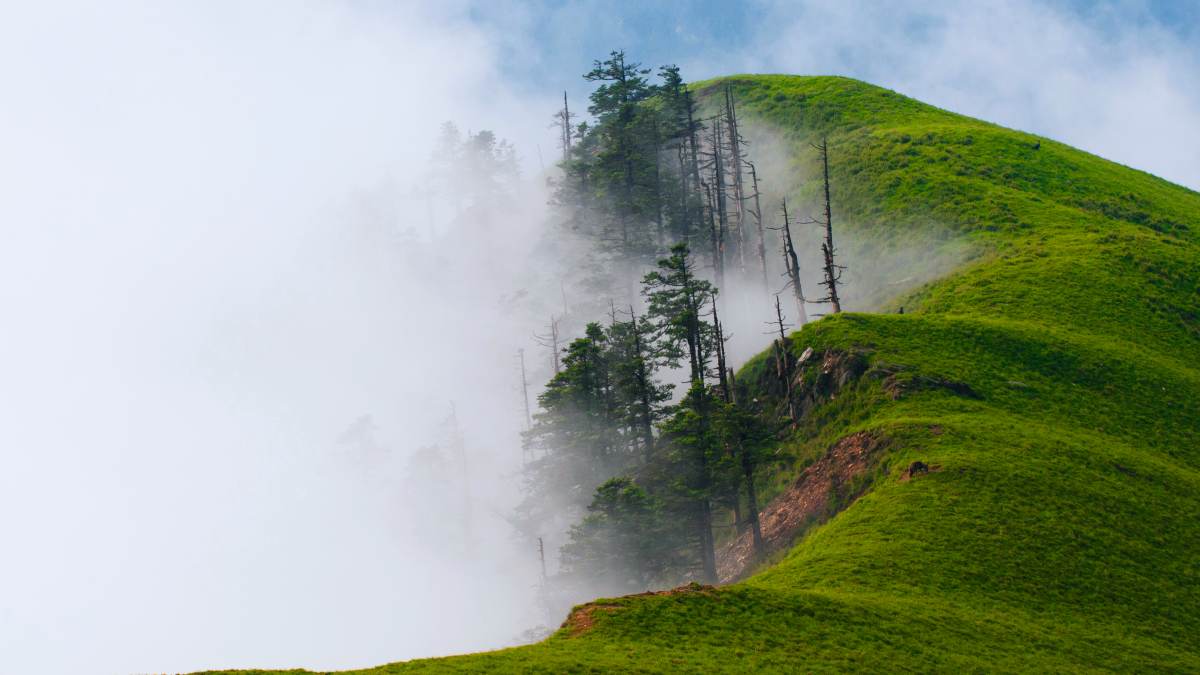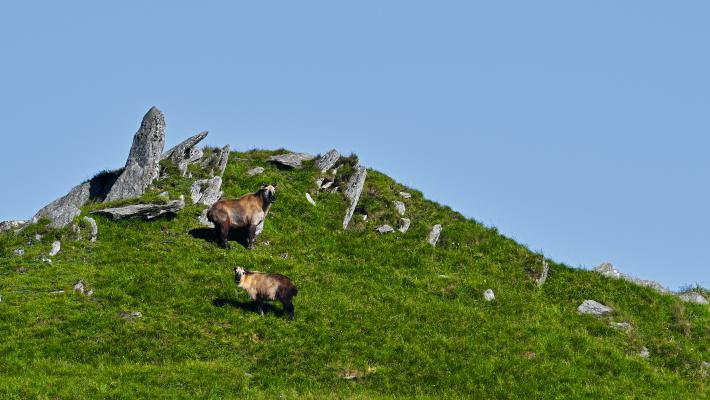Into the Wild

The Tangjiahe National Nature Reserve in Qingchuan County, southwestern China’s Sichuan Province, is a summer retreat and paradise for plants and animals, with the giant panda as a major protected animal. A sacred place in the hearts of nature lovers from all over the world, Tangjiahe is also one of the planet’s low-altitude areas with the highest encounter rate for wild animals. In hot summers, Tangjiahe’s cool and pleasant weather makes it an ideal place for students to get close to nature.
Early in July, Tangjiahe welcomed its first wave of children to participate in a five-day tour this summer. Accompanied by their parents and the staff, the children explored the whole nature reserve. They experienced the charm of biodiversity through guided tours and outdoor activities and observed rare wild animals and plants at close range.
“We bumped into a monkey during our trip, and we were so impressed,” said participant Meng Shuxun. “Eventually, a staffer of the nature reserve told us that it was a Tibetan macaque.” On July 10, the children found footprints of black bears, droppings of giant pandas, and encountered Chinese pheasants, muntjacs, gorals, and many other animals.

The giant panda is a rare and endangered species endemic to China. (Photo courtesy of Giant Panda National Park Administration)
During the five-day activity, the young participants learned field scientific research skills from the staff such as placing infrared cameras, identifying animal traces, and performing ecological photography. They hiked in the forests, watched the birds, and observed the beasts. They also visited primitive villages and the Qingxi Ancient Town, learned traditional beekeeping, and participated in activities about the history of the Three Kingdoms period (220-280). Through these activities, the kids gained unique experience and knowledge about nature.
“In Tangjiahe, children get to know the other animals living as neighbors of giant pandas,” said Chen Yingfeng, a staffer at the nature reserve. Five-day exploration tours of Tangjiahe started in 2022. So far, 850 people in 42 groups have participated in the campaign. The feedback has been glowing. Many saw amazing animals and learned abundant knowledge.

Takins in Tangjiahe. The nature reserve is an ideal habitat for wild animals such as giant pandas, takins and snub-nosed monkeys.
Since the Giant Panda National Park, spanning Sichuan, Shaanxi, and Gansu provinces, was established, Tangjiahe has been developing infrastructure for popular science education, improving the popular science system, and enhancing the soft power of nature education. The nature reserve has become the Nature Education Base for the Giant Panda National Park, and the Green Camp for National Youth Nature Education. Now, Tangjiahe annually welcomes more than 2,000 visitors and 50-plus exploration groups for nature education purposes. It also provides free public nature education to neighboring communities and local primary and secondary schools. Around 5,000 people benefit from these activities each year.

In 2013, Sichuan Province introduced the concept of international nature education. Subsequently, forests, wetlands, and protected areas began to become venues to spread knowledge about nature and carry out nature education. In recent years, many local non-governmental organizations and public institutions have invited experts and scholars to participate in designing nature education courses. With the help of various organizations, the system of nature education in Sichuan has gradually improved.
“In many places including Tangjiahe, various forms of nature education systems have been established including bird watching, animal observation, and insect watching,” said a representative of the Sichuan Provincial Forestry and Grassland Administration. “Targeted curricula are designed to meet the need of people of different ages.” The ultimate goal is to raise awareness about nature conservation across society through education and further improve the infrastructure around the national park.